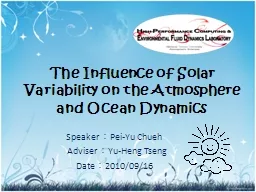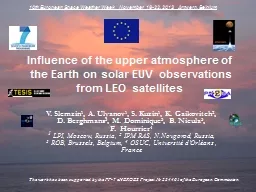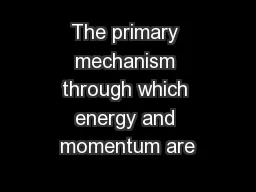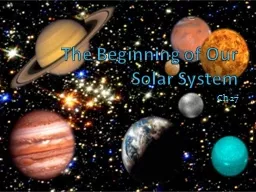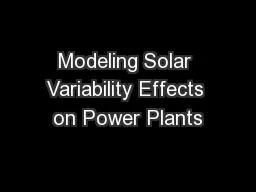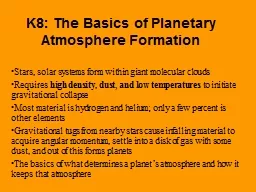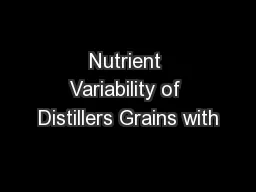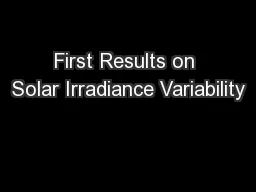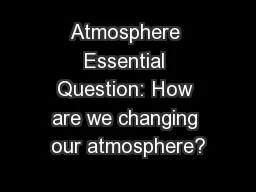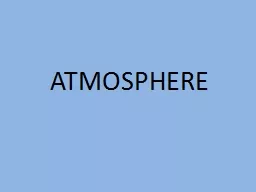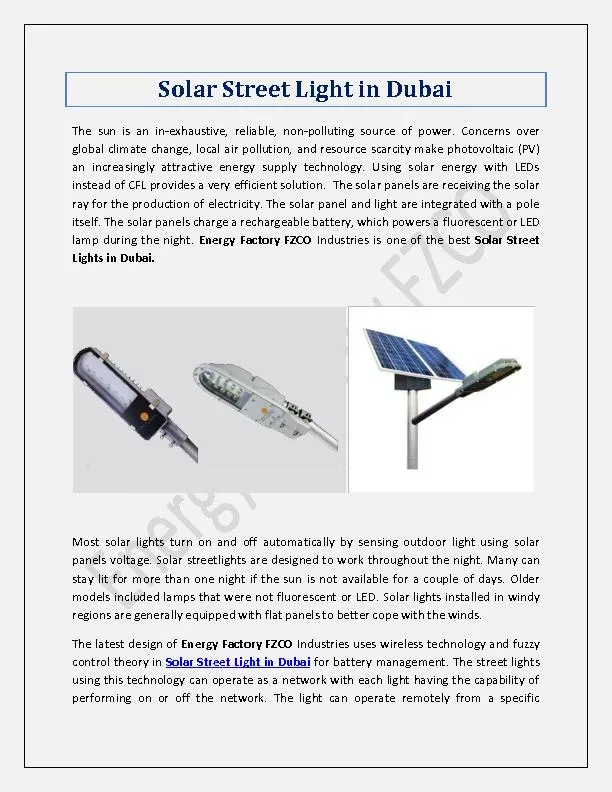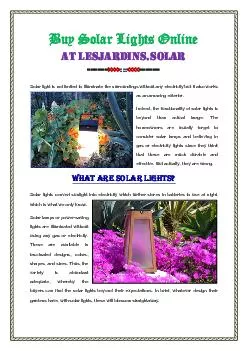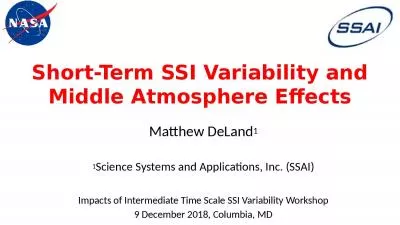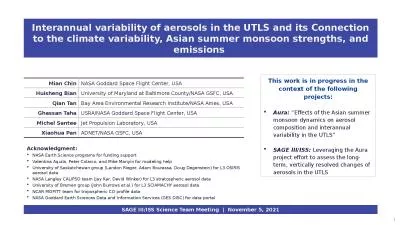PPT-The Influence of Solar Variability on the Atmosphere and Oc
Author : mitsue-stanley | Published Date : 2016-05-25
Speaker PeiYu Chueh Adviser YuHeng Tseng Date 20100916 Review Observation Solar variability The amplitude of the solar cycle is relatively small about 02 Wm
Presentation Embed Code
Download Presentation
Download Presentation The PPT/PDF document "The Influence of Solar Variability on th..." is the property of its rightful owner. Permission is granted to download and print the materials on this website for personal, non-commercial use only, and to display it on your personal computer provided you do not modify the materials and that you retain all copyright notices contained in the materials. By downloading content from our website, you accept the terms of this agreement.
The Influence of Solar Variability on the Atmosphere and Oc: Transcript
Download Rules Of Document
"The Influence of Solar Variability on the Atmosphere and Oc"The content belongs to its owner. You may download and print it for personal use, without modification, and keep all copyright notices. By downloading, you agree to these terms.
Related Documents

